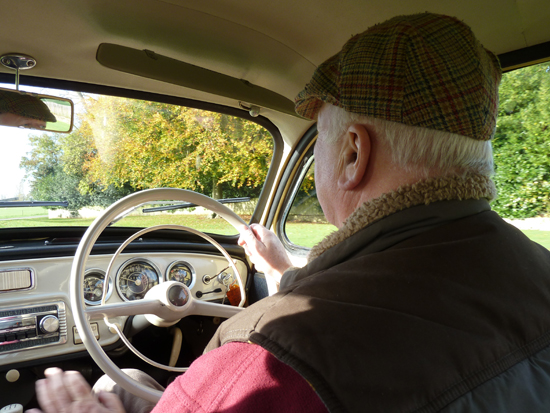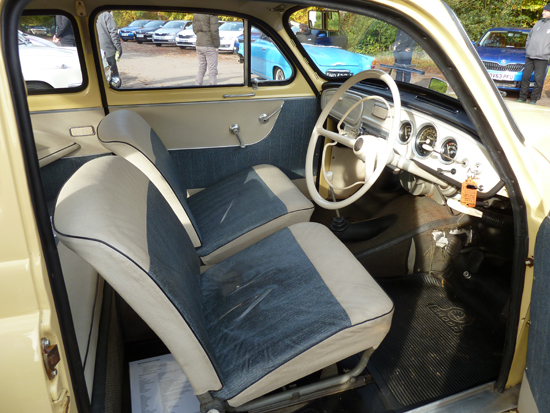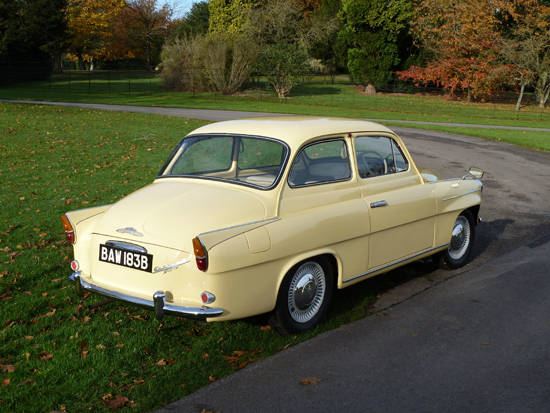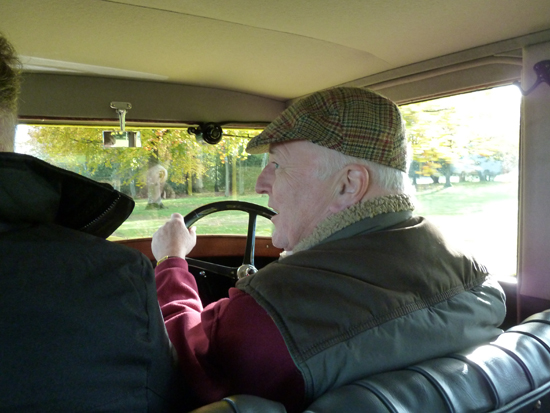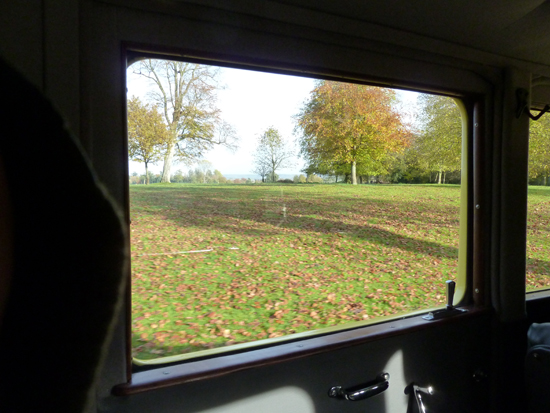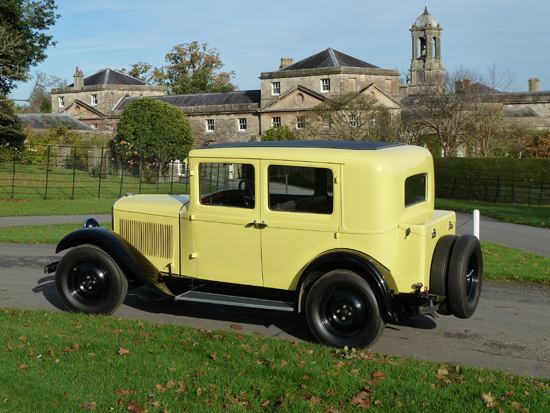CLASSIC SKODAS
Kim Henson takes a look at some Skodas from decades past…
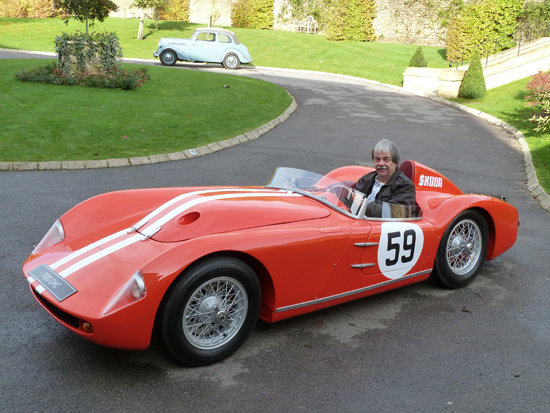
ILLUSTRIOUS HERITAGE
Before talking about some specific models, first a little history…
Today’s individualistic Skodas successfully incorporate engineering elements common to cars across the Volkswagen Group, blended with innovative styling and the use of many components/systems unique to Skoda models.
Most buyers are aware of the Volkswagen connections, but many may not realise that Skoda has its own very long and illustrious heritage, of which the firm’s employees are justifiably proud.
It all started towards the end of the 19th Century, when mechanic Vaclav Laurin and bookseller Vaclav Klement teamed up to produce bicycles, with the firm being named ‘Slavia’.
From 1899 they moved into motorcycle production, and the company name was changed to Laurin and Klement Co. The business was successful, with its products achieving several victories in racing, and with nearly 4,000 motorbikes being built. The next progression was into the manufacture of motor cars…
The 1905 Voiturette A was their very well-received first model, and the company did well in the years up to the First World War, during which it was involved in military production.
During the 1920s the firm produced well-respected cars, lorries, buses, aircraft engines, and farming machinery.
In 1925, following various problems, and in need of a strong business partner, Laurin and Klement Co. merged with Pizen Skodovka Co. to form the ‘Skoda’ car company.
Difficult times in the early 1930s were turned around with a new product line.
A Tatra-derived new chassis design (incorporating a backbone tube and all-independent suspension) was used for the 420 Standard (1933) and subsequently for the Popular, Rapid, Favorit and Superb models of the era.
Skoda’s vehicles offered good value for money and in their many forms (including Popular-based utility vehicles, ambulances and so on) proved to be tough and reliable. The company had become car market leader in Czechoslovakia by 1936.
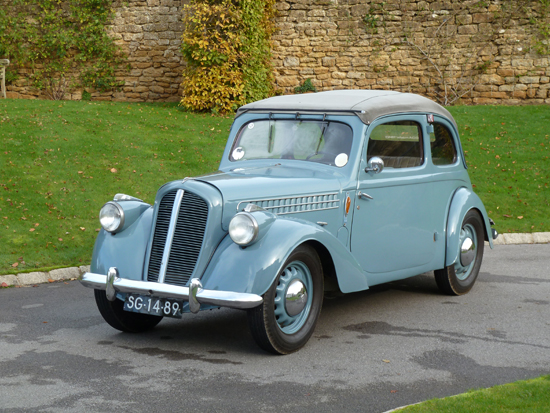
With its home country occupied by Germany during the Second World War, Skoda was obliged to operate for the German war effort; as a result the Skoda factory was repeatedly bombed by British and American air forces, and many lives were lost.
When hostilities ceased, under nationalisation arrangements in its home country, Skoda became a national concern which was responsible for all production of passenger cars. Successful models of this era included the Tudor, the 440, and also the 1200 and its successors.
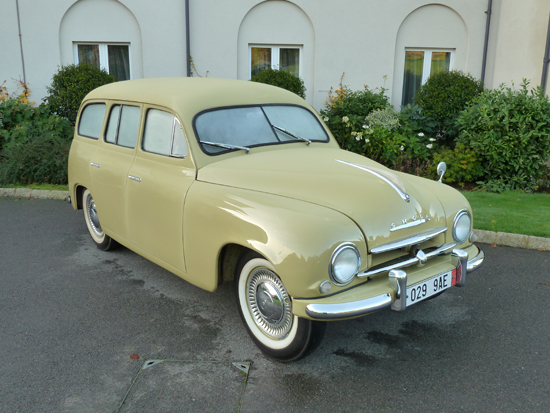
The 440 was developed into the first Octavia in 1959, the name relating to this car being the company’s eighth model since the end of the War.
During the 1960s and later years, Skoda produced the Octavia, Felicia, the MB line-up and the Rapid.
Although, as is well-documented, by the 1980s Skodas were seen as technologically old-fashioned and basic, it should be remembered that nevertheless the company retained a strong following among many buyers (including those in Britain) seeking an inexpensive, tough, reliable and easy-to-maintain car. The consistently excellent performance of rear drive Skodas in rallying proved the inherent toughness of the firm’s vehicles.
The front wheel drive compact Favorit of 1987 retained Skoda’s proven 1.3 litre four cylinder power unit, but represented the start of a new era for the company.
Following the political opening up of eastern Europe after the Berlin Wall tumbled in 1989, the Czech Republic and Skoda involved Volkswagen in a joint venture which has seen huge improvements in Skoda’s fortunes.
The company’s up-to-the-minute latest models are becoming increasingly popular around the world, and today the firm’s reputation for producing desirable, cost-effective, practical and reliable cars is enviable.
DRIVING TWO CLASSIC SKODAS
At the recent launch of the new Rapid Spaceback (please also see the separate feature on this model, on ‘Wheels-Alive’; please click HERE), I was given the opportunity to view at first hand several rare classic Skodas owned by the company (all fascinating cars; please see the accompanying photographs), and, even better, to drive two of them on a private estate in north Wiltshire.
1964 Skoda Octavia Super

The first ‘oldie’ that I drove was relatively modern, but even so in fact dates back 50 years… It was a 1964 Octavia Super, in superb condition.
This version of the Octavia was built between 1959 and 1964, and was a sister vehicle to the attractive Felicia two seater Roadster. Standard equipment on the Octavia included a fan-boosted fresh air heater/demister, individually adjustable bucket type front seats, two coat hangers with hand pulls, rear arm rests and three ashtrays.
In total, 79,489 road-going examples were built. In 1961, two Octavia TS models finished first and second in their class in the Monte Carlo Rally.
The example I drove had just over 40,000 recorded miles on the clock when I drove it. The 47 bhp, 1221cc overhead valve engine (driving through a four speed gearbox) was willing enough when fully warmed up, and I found the car easy to drive, with good all-round visibility, and it was comfortable. There was ample space within the two door saloon bodywork to accommodate four adults, and a reasonable size luggage boot too.
The overall fuel consumption from the Octavia is approximately 35 miles per gallon.I am used to driving a 1964 car of my own (an Austin A60 Cambridge), and while my Austin is larger, more powerful, faster and more luxurious than the contemporary Octavia, there are some similarities in the 1960s ‘feel’ of both cars. I enjoyed driving the Octavia.
WHEELS-ALIVE TECH. SPEC. IN BRIEF
1964 SKODA OCTAVIA SUPER
Engine: 1221cc in-line four cylinder, overhead valve
Transmission: Four speed manual
Power: 47 bhp at 4,500 rpm
Top speed: 73 mph
Fuel consumption (overall): Approximately 35 mpg
1929 Skoda 422
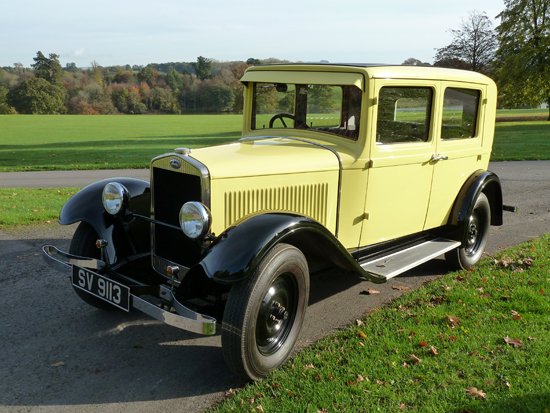
My next outing was going back even further in time, in fact to 1929, in a Skoda 422. Just 3,435 examples were built, between 1929 and 1936. At the time it was the smallest Skoda model thus far produced, but even so, each one was equipped with an eight day clock in the dash!
The 1195cc, 22 bhp sidevalve engine and three speed ‘crash’ gearbox (i.e. no synchromesh on any ratio!) were assembled in a single unit, and the body was mounted on a separate, channel-section chassis frame.
Now I often drive cars of the late 1930s, but this lovely old Skoda was built 10 years earlier, and it definitely has a more ‘vintage’ feel, especially in terms of its gearbox. Changing gear smoothly is an acquired art (also, thankfully, confirmed by fellow motoring writers who tried the car), involving very precise judgement of the engine revs and double-declutching at just the right point to engage the next gear (especially when changing down through the ratios). It can be done, of course, but takes practice. It just reminds me how lucky most of us are today, to drive cars with synchromesh gearboxes (or indeed automatics) that make gearchanging oh-so-easy!
That said, I found that this wonderful old car, with its low-revving 85 year old engine emitting a ‘happy’, burbling exhaust note, was happy to cruise along at about 30 mph or more (its claimed top speed is 47 mph) and it is said that its overall petrol consumption is in the region of 31 miles per gallon. I’d say that’s pretty good for a car of its age…
The interior has comfortable seats and is beautifully furnished (it looks and feels like a coachbuilt model), with excellent head and leg room throughout, and a good view of the world passing by (sedately) is available through the large windows in the rear doors.
VERDICT
It was a real privilege to drive this wonderful 422, and indeed the 1964 Octavia. Thanks very much Skoda. I also feel that driving classics like this gives a useful perspective to bear in mind when driving the more sophisticated models of today!
WHEELS-ALIVE TECH. SPEC. IN BRIEF
1929 SKODA 422
Engine: 1195cc in-line four cylinder, sidevalve
Transmission: Three speed manual, ‘crash’ gearbox (no synchromesh – at all!)
Power: 22 bhp at 2,800 rpm
Top speed: 47 mph
Fuel consumption (overall): Approximately 31 mpg
